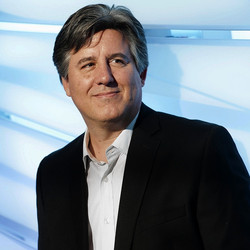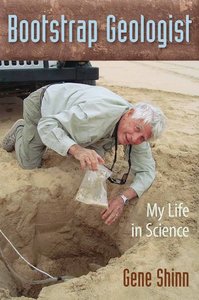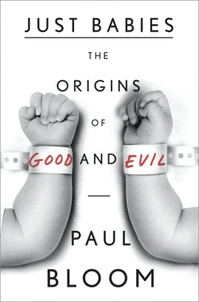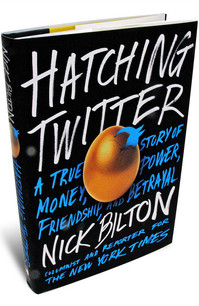Source of book image: http://rorotoko.com/images/uploads/gottschall_storytelling_animal.jpg
Ed Catmull, one of the creators of Pixar, discusses a favorite book of 2013. Catmull’s appreciation of the importance of storytelling may help explain why the early Pixar movies were so wonderful:
(p. C6) I am constantly struck by how many people think of stories solely as entertainment–edifying or time-wasting but still: entertainment. “The Storytelling Animal” by Jonathan Gottschall shows that the storytelling part of our brain is deeper and more complex than that, wired into the way we think and learn. This struck me as a powerful idea, that our brain is structured for and shaped by stories whose value goes beyond entertainment and socialization.
For the full article, see:
“12 Months of Reading; We asked 50 of our friends–from April Bloomfield to Mike Tyson–to name their favorite books of 2013.” The Wall Street Journal (Sat., Dec. 14, 2013): C6 & C9-C12.
(Note: the online version of the article has the date Dec. 13, 2013.)
The book that Catmull praises is:
Gottschall, Jonathan. The Storytelling Animal: How Stories Make Us Human. New York: Houghton Mifflin Harcourt, 2012.






